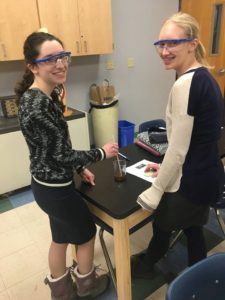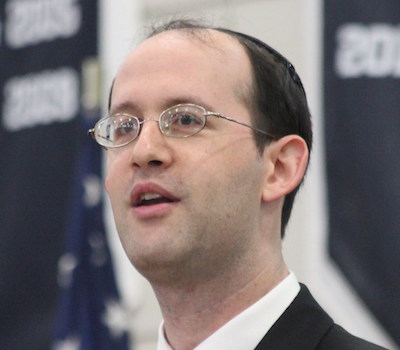For centuries, Jews have used the best scientific principles of the day to form the Jewish Law that they practice and keep. This series of interdisciplinary units uses the physical science skills and content that the students are learning in science, in service of deepening their understanding of the Jewish Law they study in Talmud classes.
Entry Narrative
Unique among major world religions, Judaism has always embraced scientific principles as being critical towards the formation of the religion; indeed, Judaism recounts few if any open miracles in violation of the laws of nature in the last two millennia or more. Yet, students in Jewish schools often fall prey to the popular dichotomy of science and religion being in conflict with each other. This is not because a core conflict actually exists – it is just that our schools have become so siloed that students rarely science and Judaism work together to solve problems, and so they incorrectly deduce that they must be in conflict.
This series of units are designed to bring the physical sciences and Judaism together, to illustrate for students how many aspects of Jewish Law are actually built on the best scientific principles available (at times, to the rabbis of the times; and at times to the rabbis of today). Students can create Halacha-Science labs where they test scientific postulates that are the basis of Halacha, and then test whether these postulates remain provable in lab conditions to this day.
Thus, these interdisciplinary units achieve three purposes:
- Students apply the science used in the classroom to a real life and real world setting, allowing them to learn science by doing, and not merely through lecture.
- Students construct their own mastery of the principles of Halacha and Jewish Law by creating real-life examples of how science underlies the law.
- Students develop a greater appreciation for Judaism, seeing that centuries of law are built on scientific truths, and not arbitrary determinations.
A schedule of interdisciplinary units and supporting documents appears as an attachment (1).
Also, a lengthy presentation of some of the texts for the classroom portion related to the unit related to the chemical properties of ritual ink also appears as an attachment (2).
Students appreciate this type of learning for all of its many aspects and goals. In this photograph, students investigated the core principle of Kashrut and Shabbat related to the hand-recoiling, the temperature for cooking versus warming, and the concept of first and second cup (kli rishon and kli sheini).

In this photograph, students experiment with various ink recipes to consider the factors of erasibility and lastingness for Jewish ritual ink, and the role metallic components, organic components, and binding agents play in the development of ink.


Recently, a graduate of ours in the scientific fields returned to school and spoke to the faculty about the solution freezing point depression Talmud lab (as it connects to the principle of Kashrut known as “Maliach Ke-Roteiach,” “salting is like burning”) – and how the memories of this lab stayed with her through years of science study and consideration of salts, hypertonicity and solutions.
Our school’s mission, as captured by our founder, Rabbi Dr. Joseph B. Soloveitchik z”l is that:
Torah study is enriched by our understanding of science, philosophy, literature, art, and music, which in turn is enhanced and enlightened by the teachings of Torah.
But this mission only has value if students see it in a real, lived, experiential way. These series of disciplinary units demonstrates this mission for our students on a day to day basis, and the memory and the impact lasts a lifetime.
This entry has been tagged with the following terms:
